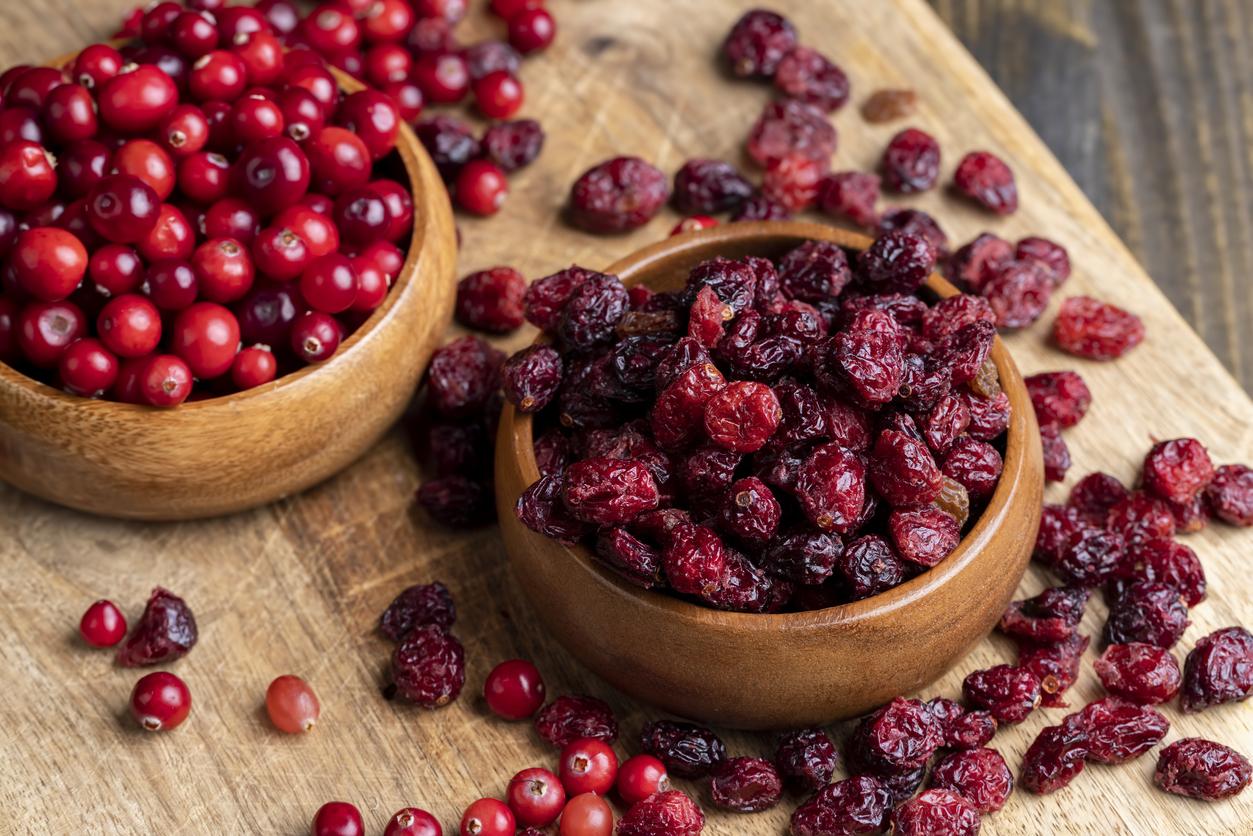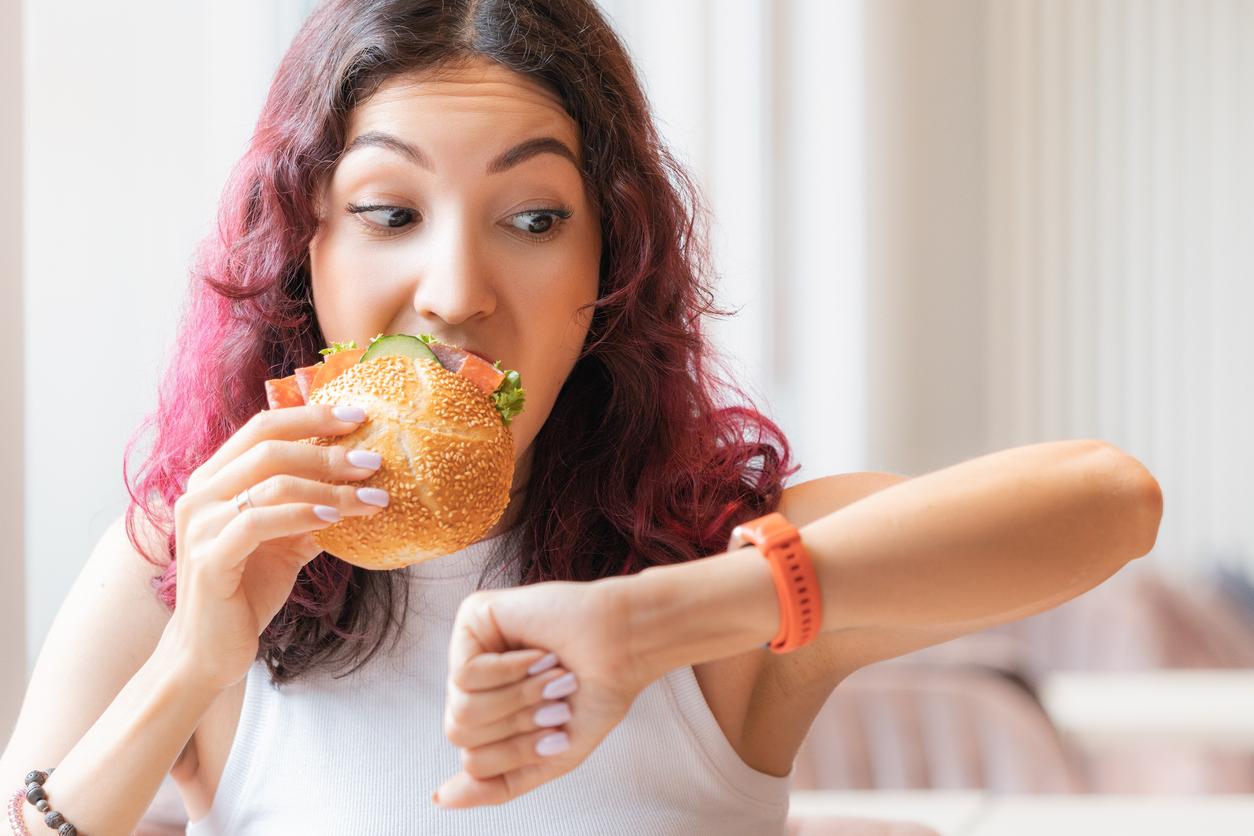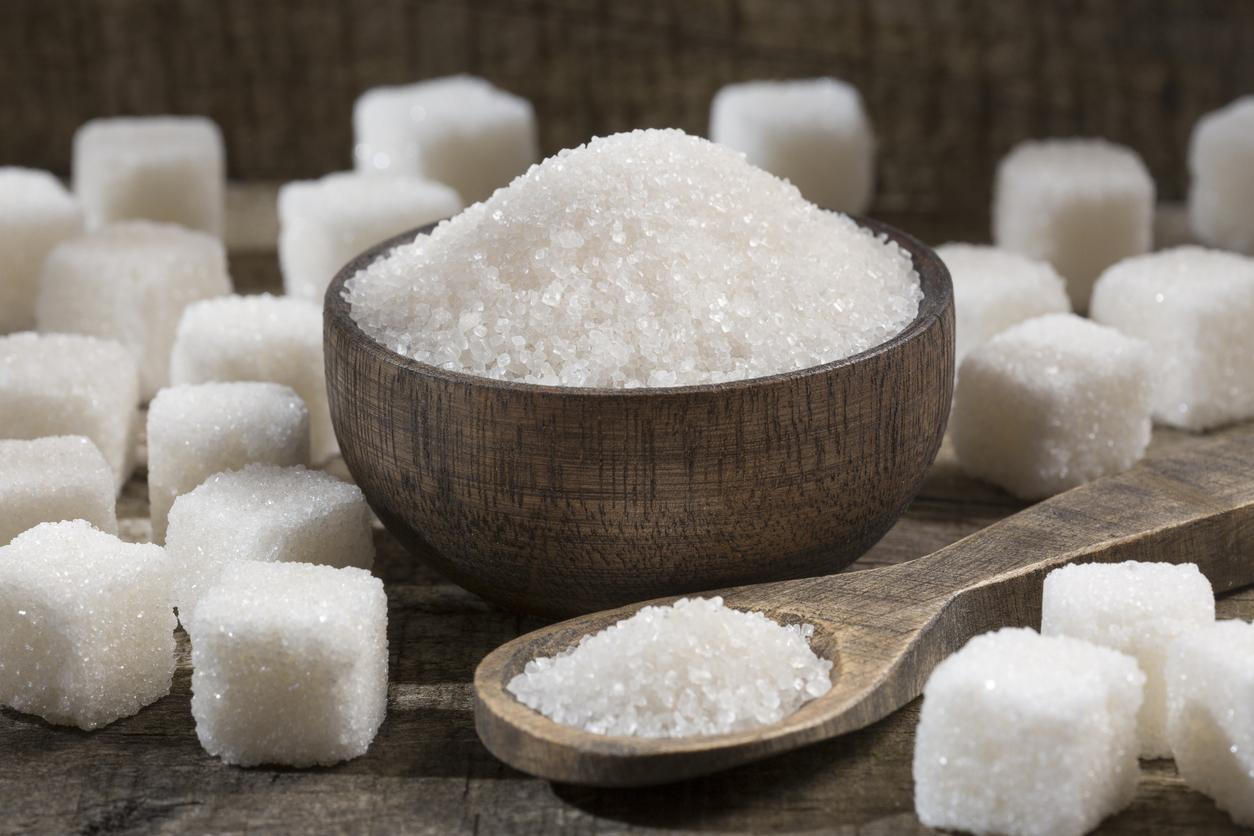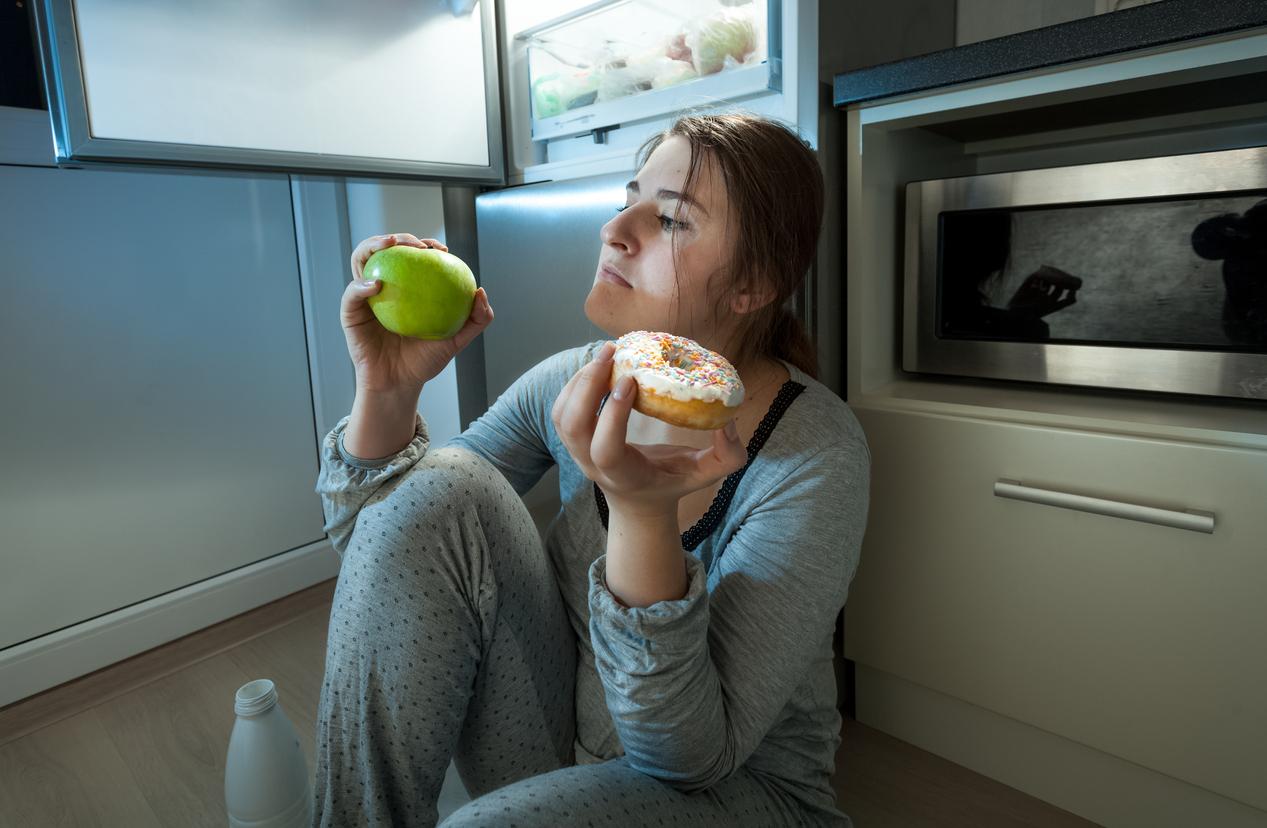Published in October 2019 in the journal JAMA ophthalmologya study found that 88% of respondents considered sight to be their most valuable sense, ahead of hearing. Seeing certainly gives flavor to existence! But still it is necessary to see well… Because if the eye is a remarkable instrument, of an incredible complexity, it is not infallible. It may already have flaws. Being too long or too short, having a lens that loses its flexibility, a flattened cornea like a rugby ball… Moreover, this organ is unfortunately not beyond the reach of the passage of time. Over the years, the skin wrinkles, the bones become fragile, the muscles melt, the hearing shows signs of weakness… and the sight does not escape this phenomenon of aging, slow but inevitable either.
What foods improve eyesight and why?
Having a healthy daily diet is essential for our body, eyes included. So what is the best diet? which is composed of: fruits and vegetablesmeat-fish-eggs, fatdairy products, legumes, dried fruits And Whole grains. Numerous scientific studies have shown that certain foods, with antioxidant properties and rich in vitamins A, C, D, E and zinc, are beneficial for visual health.
Foods containing there vitamin A are essential for the proper functioning of the retina, because it is precisely in this membrane that vitamin A is transformed into substances (rhodopsin and photopsin) which play a key role in transforming light into nerve impulses that send the visual signal to the brain.
Vitamins C and E, thanks to their antioxidant properties, they are also real allies for vision. Scientific studies indicate that the vitamin Creduce the risk of developing cataracts and may also slow the progression of macular degeneration (AMD) and loss of visual acuity. Vitamin E, for its part, would facilitate the absorption of vitamin A.
Good to know : beta-carotene is a carotenoid that has the ability to convert into vitamin A in the human body. The main sources of vitamin A and beta-carotene are the orange vegetables.
The essential mineral zinc also plays an important role in transporting vitamin A from the liver to the retina to produce melanin, a protective pigment for the eyes. In addition, it is present in good concentrations in the eye, especially in the retina and the choroid, the layer of vascular tissue located under the retina. Zinc is found in the seafoodorgan meats, cashews, meats and cheeses.
For good eye health, it is also advisable to favor certain foods rich in lutein And zeaxanthinthese pigments, having antioxidant properties give food their colors. Foods that contain these antioxidants include: : vscurly green hou, spinach, gourds, broccoli, green peas, but, eggs. These foods, in addition to neutralizing free radicals that damage the retina, help to filter blue light from UV rays that attack the photoreceptors of the eye.
Finally, we should also regularly eat foods that containOmega 3. The long-chain omega-3 docosahexaenoic acid (DHA) is found in high concentrations (up to 50%) in the retina, which suggests that it plays an important functional role there in the survival of retinal cells. Moreover, in some studies, dry eye syndrome has also been linked to a deficiency in Omega 3. Omega 3 is present in fish: salmon, mackerel, herring, halibut, sardines, trout, etc.
How to prevent vision loss?
On a daily basis, there are various actions that help protect eyesight:
- If one easily thinks of the dangers associated with excessively prolonged exposure to sun for our skin, we often forget the consequences for our eyes. Gold, in high doses, the sun damages our retina. The sun’s ultraviolet rays prematurely age the cells of our eyes. Not protecting yourself exposes you to increased risks of cataracts and AMD.
- It is everywhere: in the rays of the sun, LEDs and screens (computer, smartphone…): it is blue light. In an expert report unveiled in May 2019, theANSES confirms the toxicity of blue light on the retina and warns that chronic exposure increases the risk of developing AMD.
- In the short term, screens cause eye fatigue and dryness. Beyond that, the excessive use of smartphones, tablets and computers is probably one of the causes of the outbreak of myopia all over the planet. The reason ? To look at a screen a few centimeters from our eyes, we make an effort of accommodation. “Every 20 minutes, you have to look up from your screen, to look away for at least 20 secondsrecommends Marie de Fréminville, mobile optician. Otherwise, the eyes will get tired of focusing on the screen. It is as if you were running without stopping. This visual fatigue can give rise to myopia, or aggravate hyperopia.
- Excessive alcohol consumption increases the risk of AMD. Just like tobacco. Smoke is irritating to the eye and causes dry eyes.
- Practice exercises against eye fatigue: “eye yoga”. The technique for ocular relaxation called “palming”, is an exercise invented by an American ophthalmologist, Dr. William Bates in the 1920s. It is based on eye and mental relaxation. It involves relaxing muscle tension in and around the eyes.
How to perform palming?
- Make yourself comfortable on a chair, in front of a table.
- Rub your hands together vigorously to warm them up, then rest your elbows on the table.
- Slightly bend your chest forward and cover your eyes with your hands, as if they were shells, taking care not to press them on the eyeballs.
- Squeeze your fingers together tightly so as not to let the light pass through.
- The hands are placed at an angle, the palms at eye level while the fingers are superimposed at forehead level.
- Breathe calmly and stay in this position for 2 to 3 minutes, several times a day. It can also be done standing in the office or lying in bed at night.
Sources:
- LED: ANSES’s recommendations for limiting exposure to blue light, Anses.fr


























